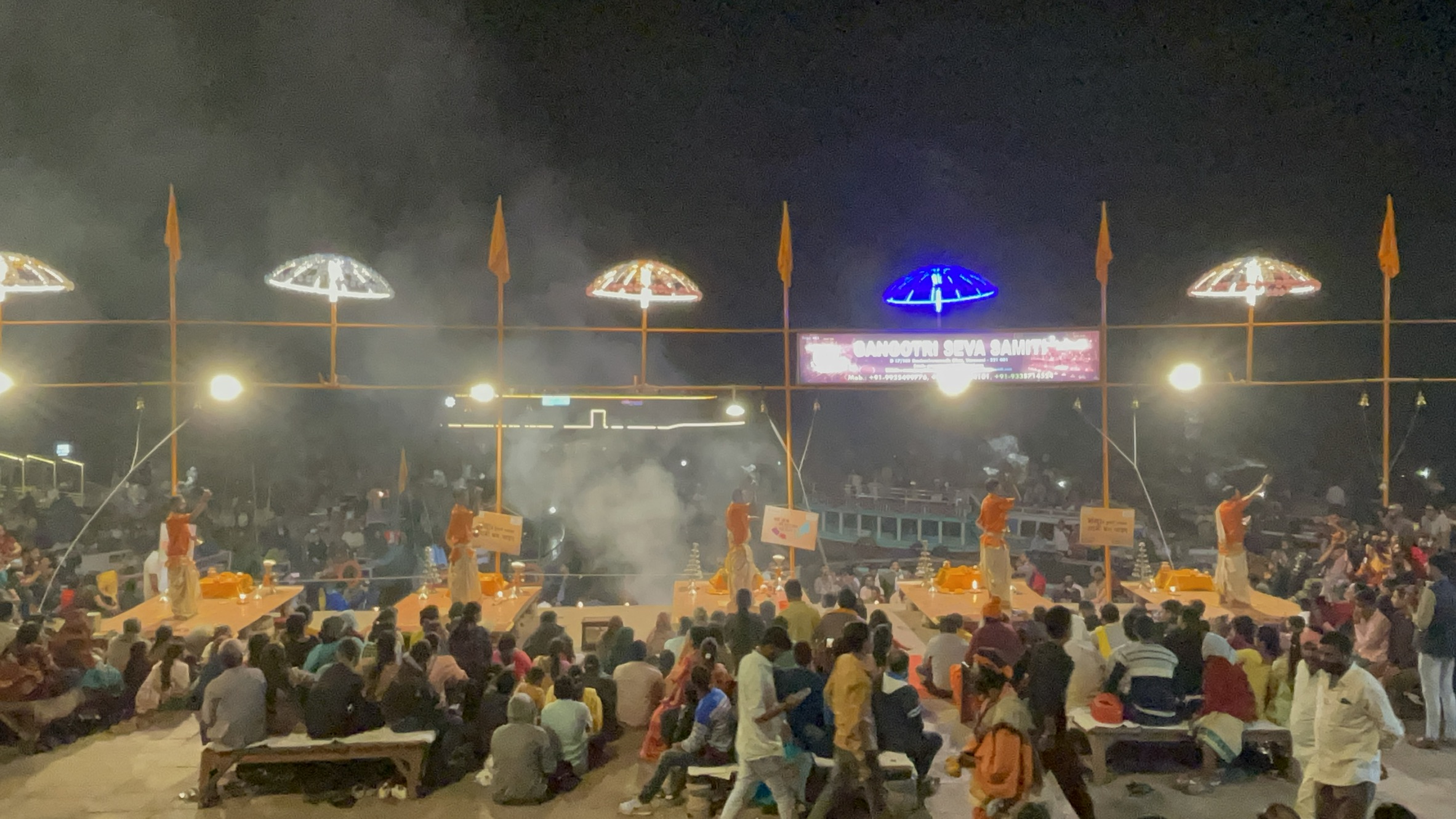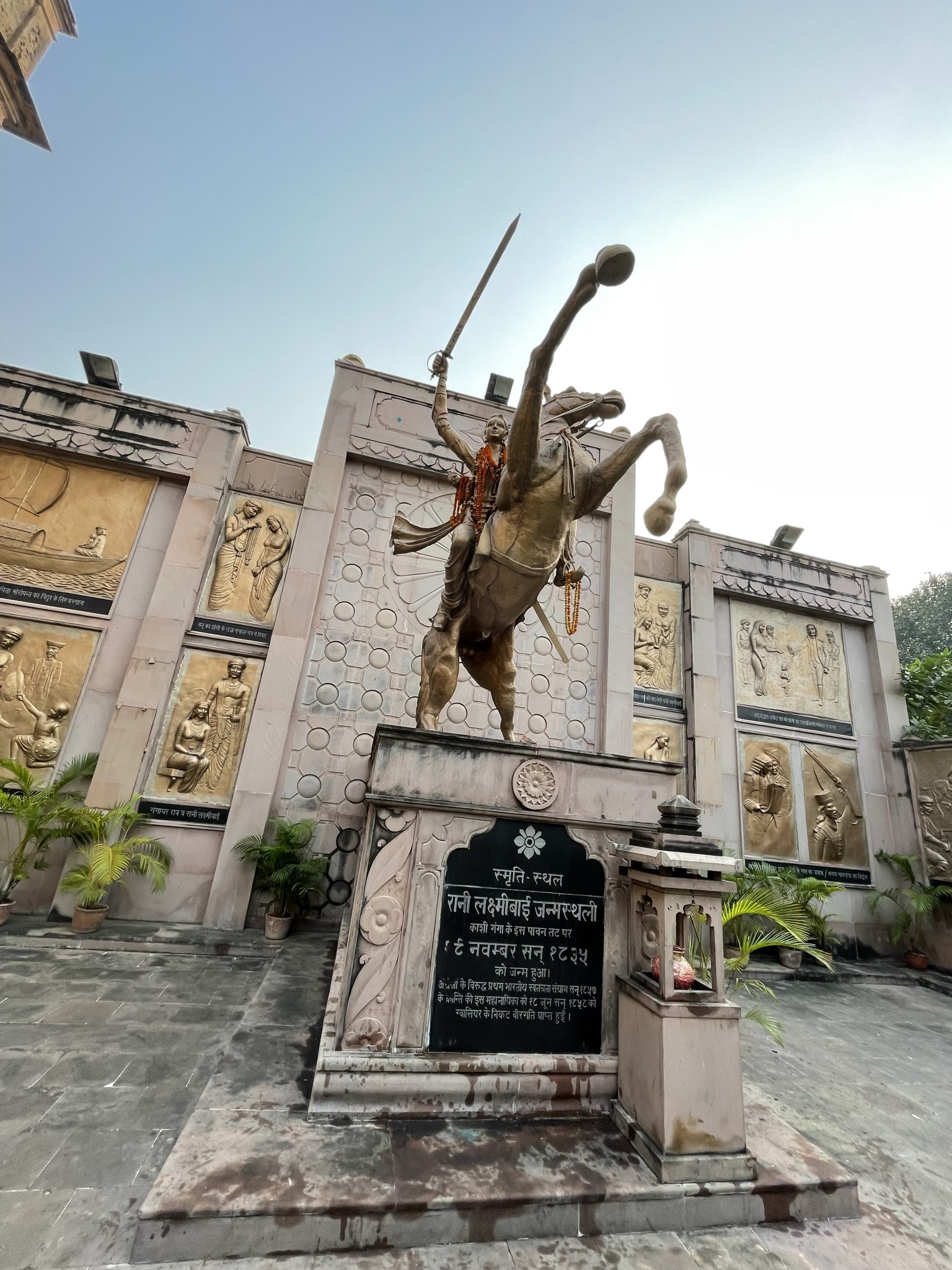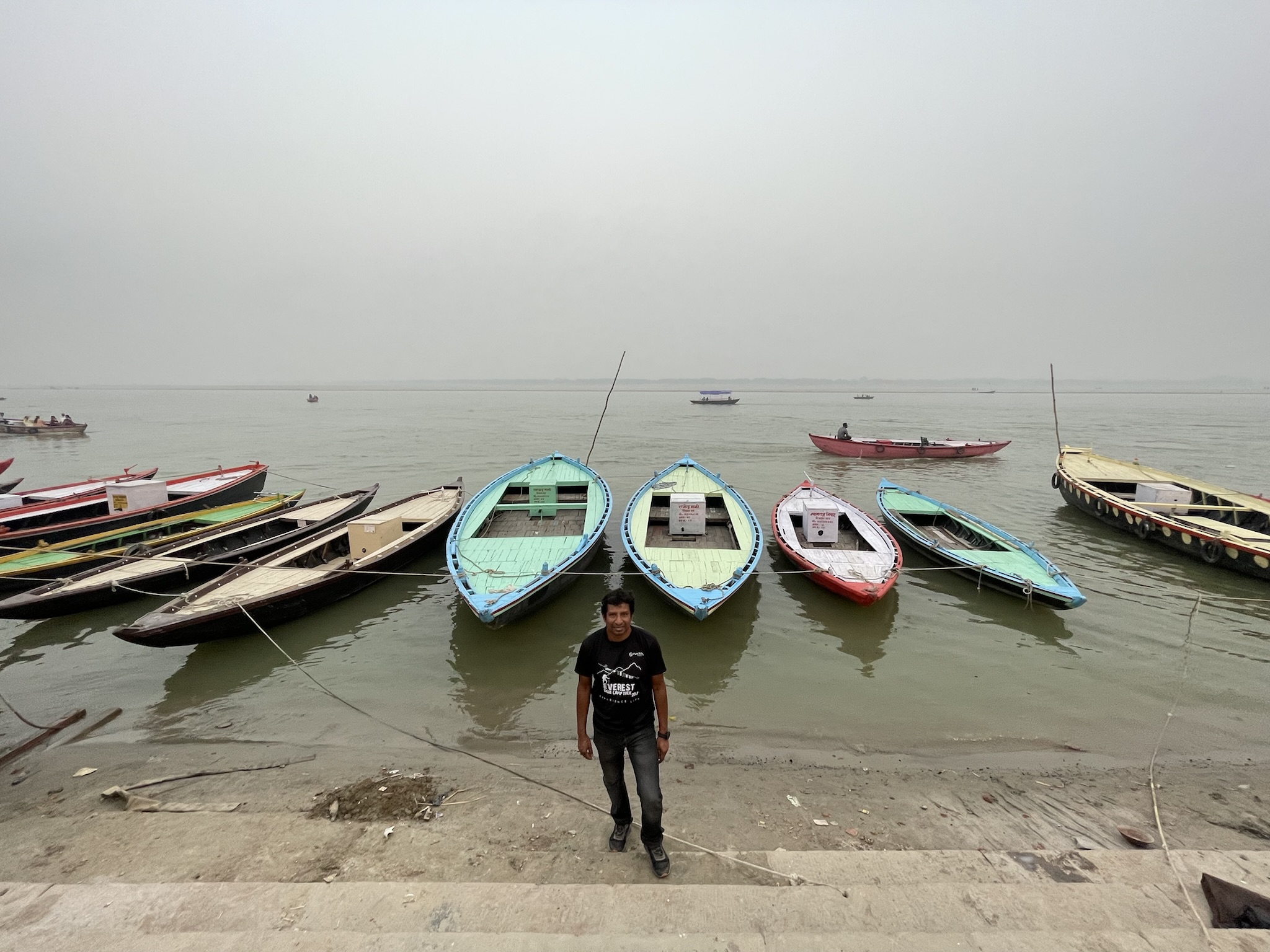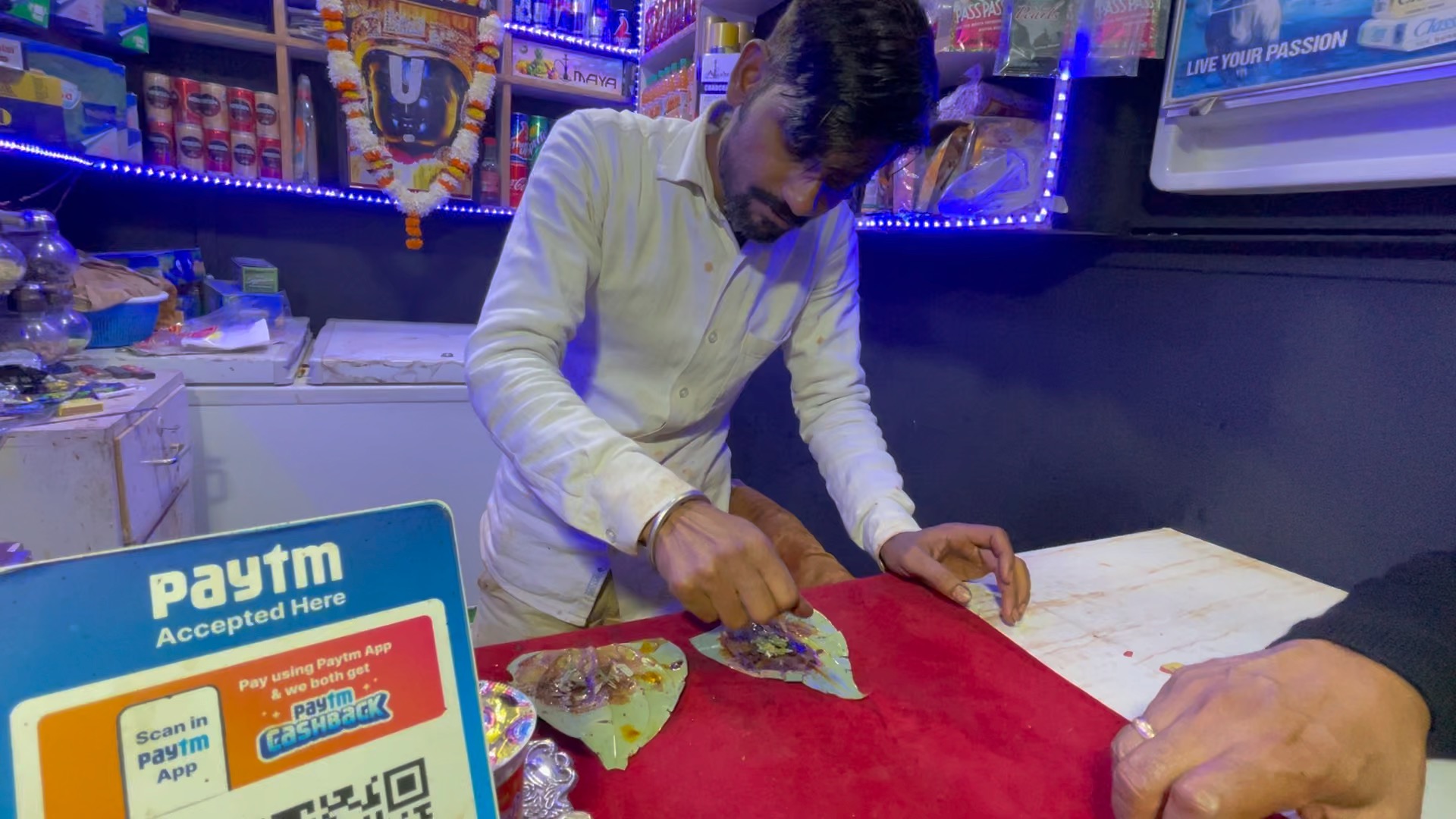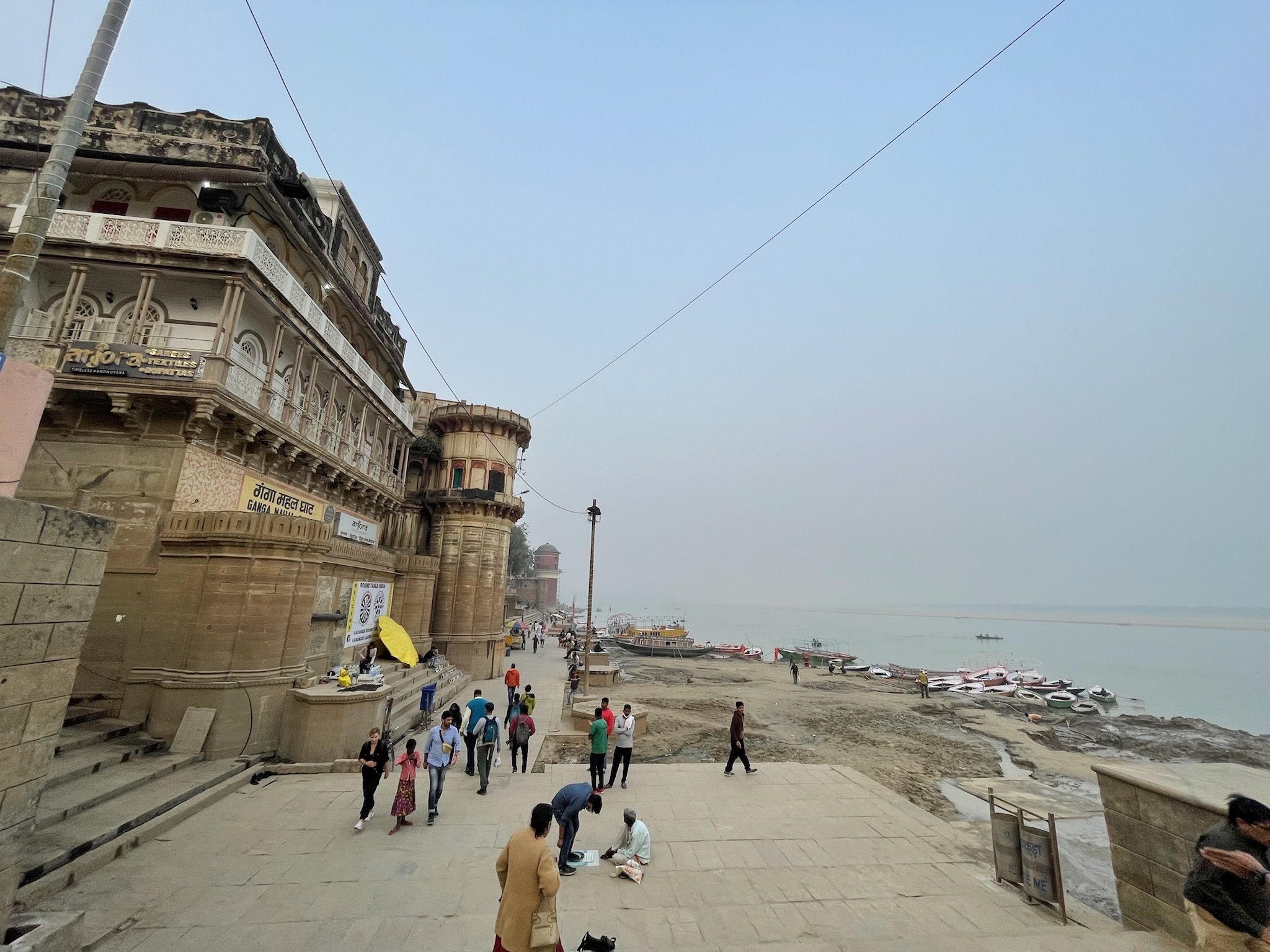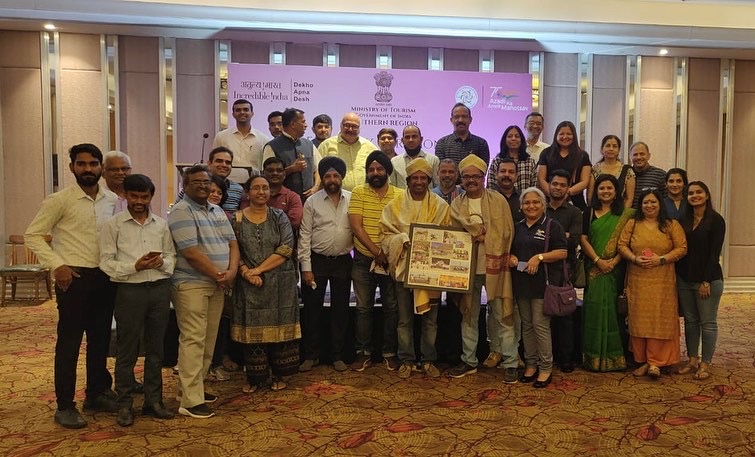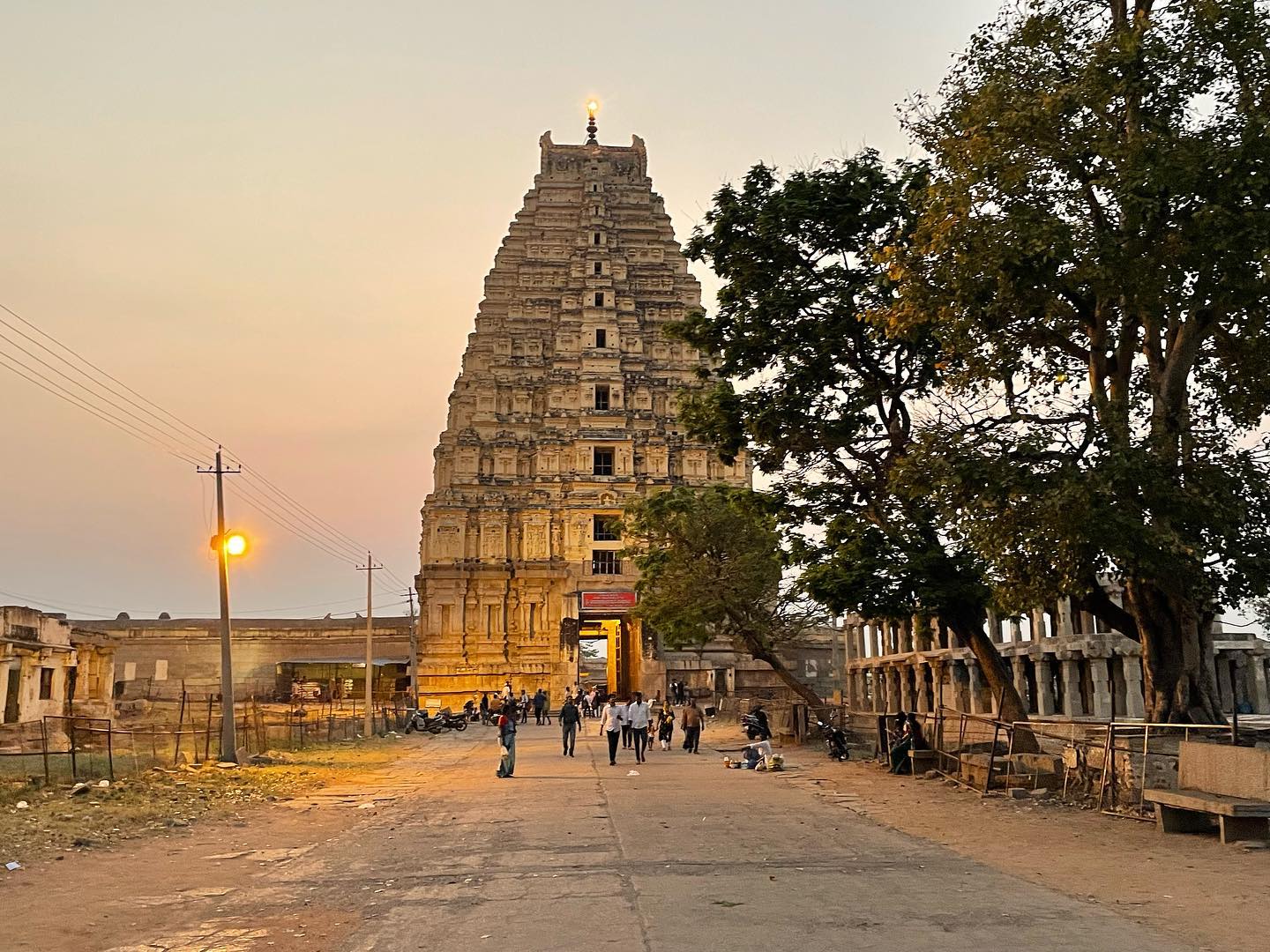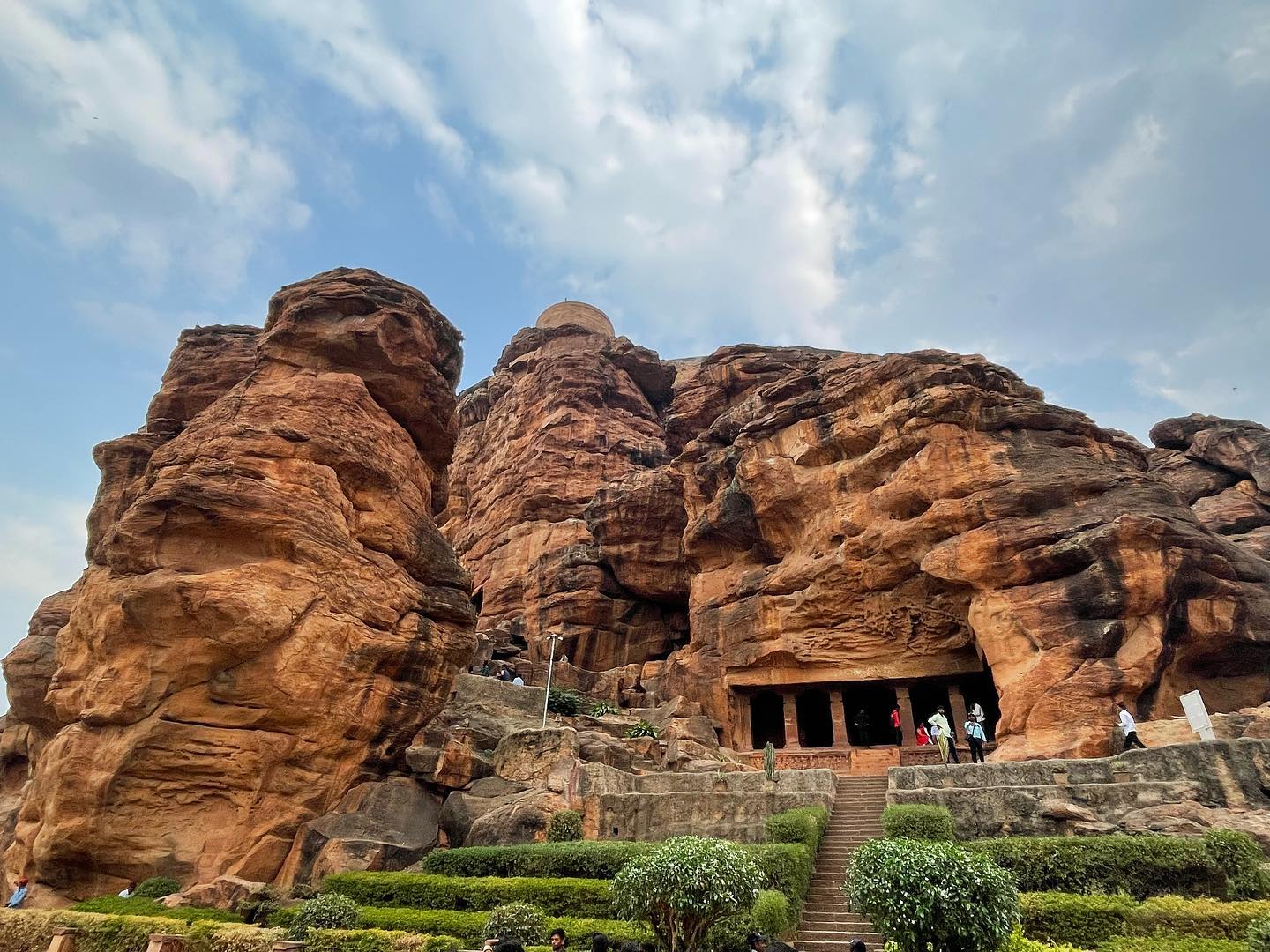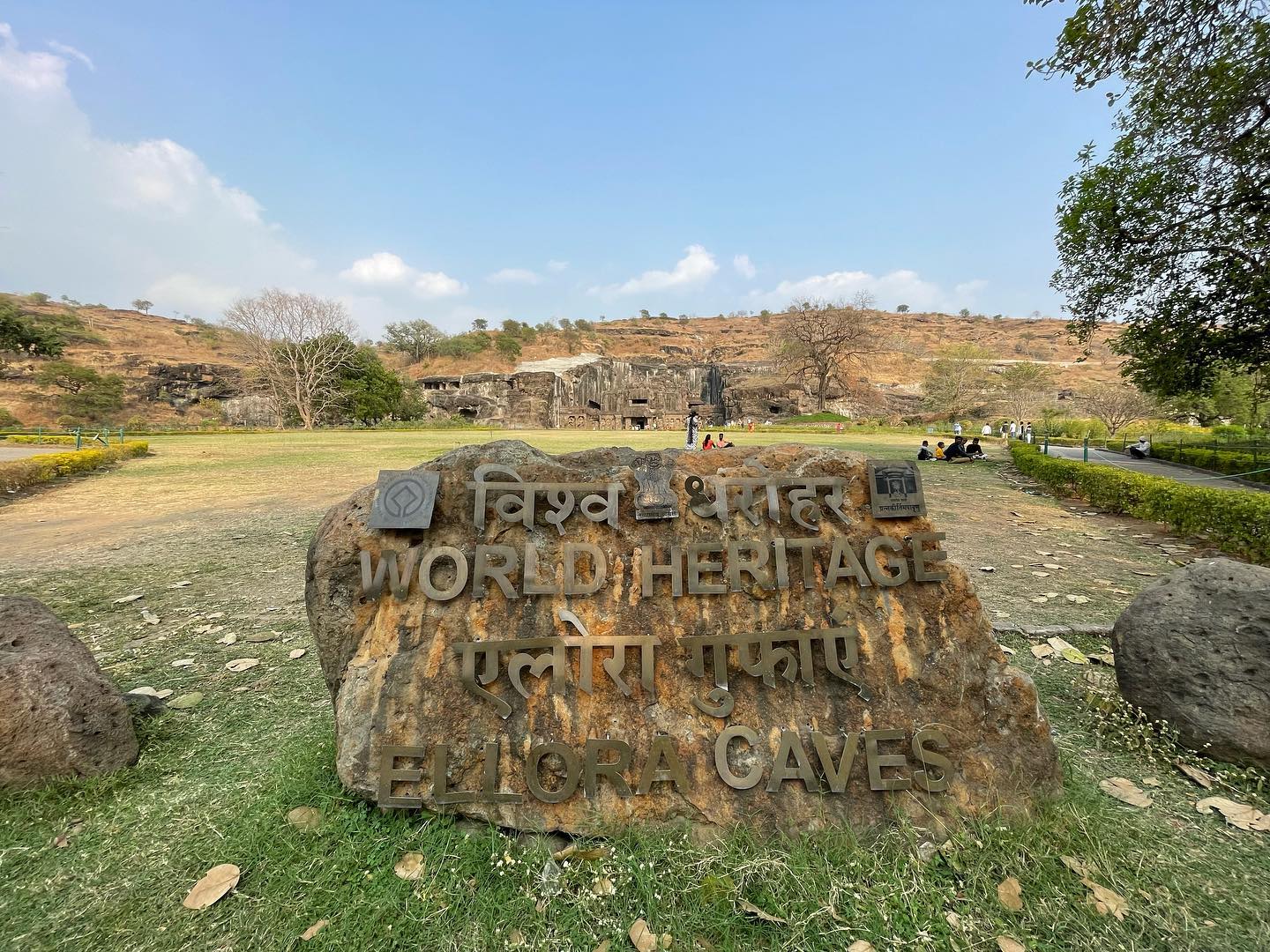26th November, 2021 – 27th November,2021
Benares is the India of your imagination. This is one of the world’s oldest continually inhabited cities, and one of the holiest in Hinduism. Pilgrims come to the Ganges here to wash away sins in the sacred waters, to cremate their loved ones, or simply to die here, hoping for liberation from the cycle of rebirth.
Aptly called as the cultural capital of India, Varanasi has provided the right platform for all cultural activities to flourish. Many exponents of dance and music have come from Varanasi. Ravi Shankar, the internationally renowned Sitar maestro and Ustad Bismillah Khan, (the famous Shehnai player) are all sons of the blessed city or have lived here for major part of their lives.
One of the striking features is of the old buildings overlooking the ghats. Although in various states of disrepair, they make for an arresting sight in the early morning light. Once upon a time, it was customary for royal families and wealthy people to build a gateway or a mansion by the river in Varanasi. Most of the modern ghats stretch are from the 18th century, and you’ll find that most had been built by a wealthy benefactor, who gave the ghats their name as well. Beyond the central Dashashwamedh Ghat, on the southern stretch (the river flows north in Benaras) lies Prayag Ghat, Ahilyabai Ghat (built by Queen Ahilybai of Indore), Darbhanga Palace and Ghat (built by the Darbhanga royal family of Bihar), Rana Mahal Ghat (built by a ruler of Udaipur), Chaushat Ghat (with temples dedicated to the 64 Yoginis), Mansarovar Ghat (built by Raja Man Singh of Jaipur) and Rajghat (built by the Marathi ruler Balaji Peshwa Rao, To the north of Dashashwamedh Ghat, lies Man Mandir Ghat (where Man Singh of Jaipur built an astronomical observatory), Mira Ghat (built by Rani Meerabai) and Lalita Ghat (named after a beautiful wooden temple built by a Newar family from the Kathmandu valley). The Becharaj Ghat has three Jain temples as it was built by the Jain community. On either end of the over 5km stretch of ghats, lies the two burning ghats: Manikarnika and Harishchandra. In between, there are innumerable ghats and temples, each with their own tale. There are ghats dedicated to poet Tulsidas and noted Hindi litterateur Munshi Premchand.
Most visitors agree Varanasi is magical – but not for the faint-hearted. Intimate rituals of life and death take place in public, and the sights, sounds and smells of the mazelike old town can be intense. Still, the so-called City of Light is one of the most colorful and fascinating places on earth. Strolling the ghats or watching sunrise from a boat on the Ganges are a highlight, and confronting the reality and ritual of death can be a powerful experience.
Things to see in Banaras
The Ghats :
There are 80 ghats and this is where the magic beholds. A great visual treat, this place has a lot of people. While you see people in grief, you will also see people meditating, singing, painting, drawing, smoking, drinking lemon tea or just sitting by the river side in silence.
Manikarnika Ghat is the main burning ghat, is the most auspicious place for a Hindu to be cremated.
The furthest south of the main ghats and one of the biggest, Assi Ghat is particularly important as the River Assi meets the Ganges near here and pilgrims come to worship a Shiva lingam (phallic image of Shiva) beneath a peepul tree. Evenings are particularly lively, as the ghat’s vast concreted area fills up with hawkers and entertainers during a small fire ceremony. It also features music and yoga at sunrise. It’s a popular starting point for boat trips.
There are temples at almost every turn in Varanasi, but the Vishwanath temple is the most famous of the lot. It is dedicated to Vishveswara — Shiva as lord of the universe. The current temple was built in 1776 by Ahalya Bai of Indore; the 800kg of gold plating on the tower and dome was supplied by Maharaja Ranjit Singh of Lahore 50 years later.





